Nature reports
Page 62 of 73 - 730 Results
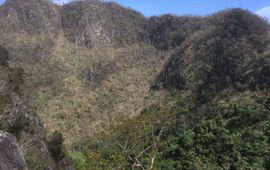
Nature on Sint Eustatius has been heavily affected by hurricane Irma that struck the island in the early morning of Wednesday 6 September. Most visible are the effects on land. During a preliminary nature damage assessment Sint..
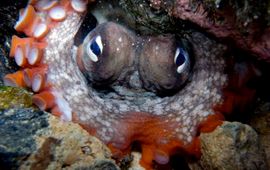
Octopuses are usually solitary creatures, but a new site in the waters off the east coast of Australia is the home of up to 15 gloomy octopuses that have been observed communicating - either directly as in den evictions or..
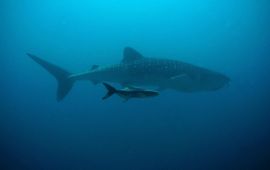
MBARI biological oceanographer John Ryan recently worked with biologists who have been tracking whale sharks in the Eastern Tropical Pacific Ocean. They discovered that whale sharks in this area spend most of their time cruising..

Polypterids are weird and puzzling African fish that have perplexed biologists since they were discovered during Napoleon's expedition to Egypt in the late 1700s...
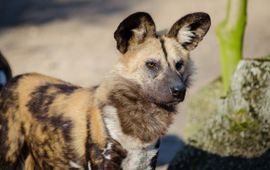
Scientists studying African wild dogs in Botswana have found members of this endangered species use sneezes to vote on when the pack will move off and start hunting. The study was conducted by an international team working at the..
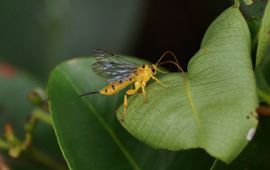
Parasitic wasps can move their ovipositor, a tube-like organ for laying eggs, in any direction by changing the shape of the end of the tube. Therefore, they can steer the ovipositor with muscles in their abdomen. This technique..

It is found in rivers, oceans, apparently untouched mountain lakes and the polar ice: no aquatic biotope is spared by microplastics...

Sea otters don’t just make good subjects for photos to share on social media. They’re also very smart. For example, unlike most animals, they make use of tools, namely rocks to break open shellfish and clams...
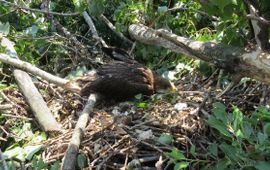
To protect the last imperial eagle nest in Serbia, a novel nest guarding program was set up this year. In the special nature reserve ‘Pastures of the Great Bustard’, a team of devoted people dedicated their time and energy to..
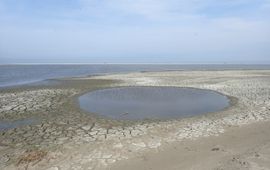
If the weather's clear, you can see them from the air: the Marker Wadden. They're brand new islands in the Markermeer, a lake in the central Netherlands that was once part of the saltwater Zuiderzee. As more and more land emerges..
